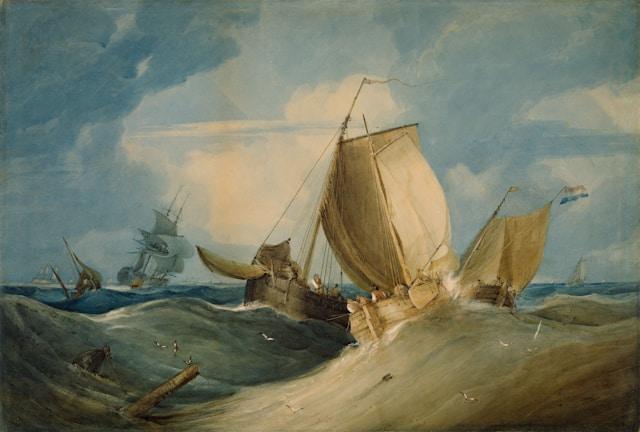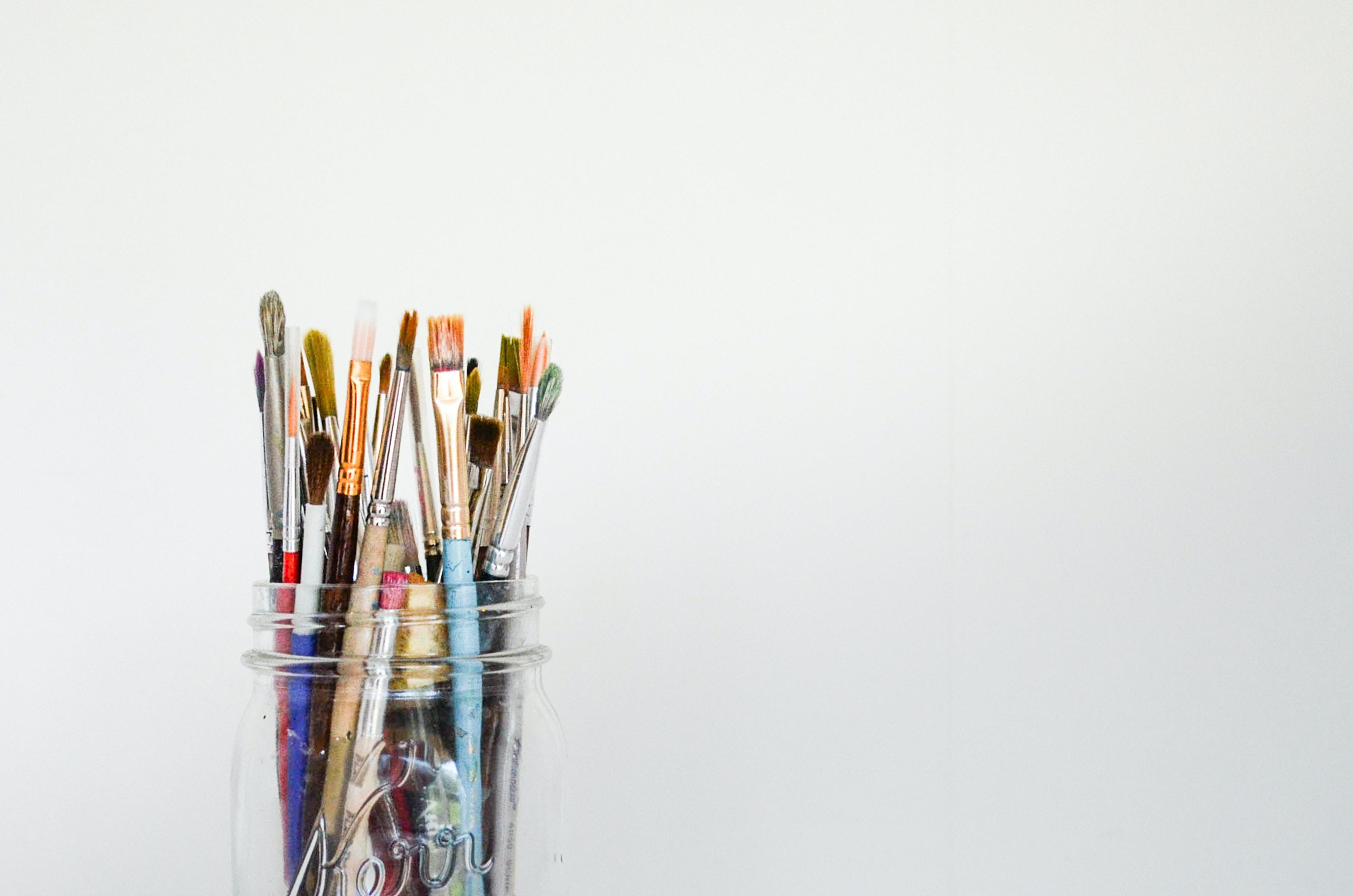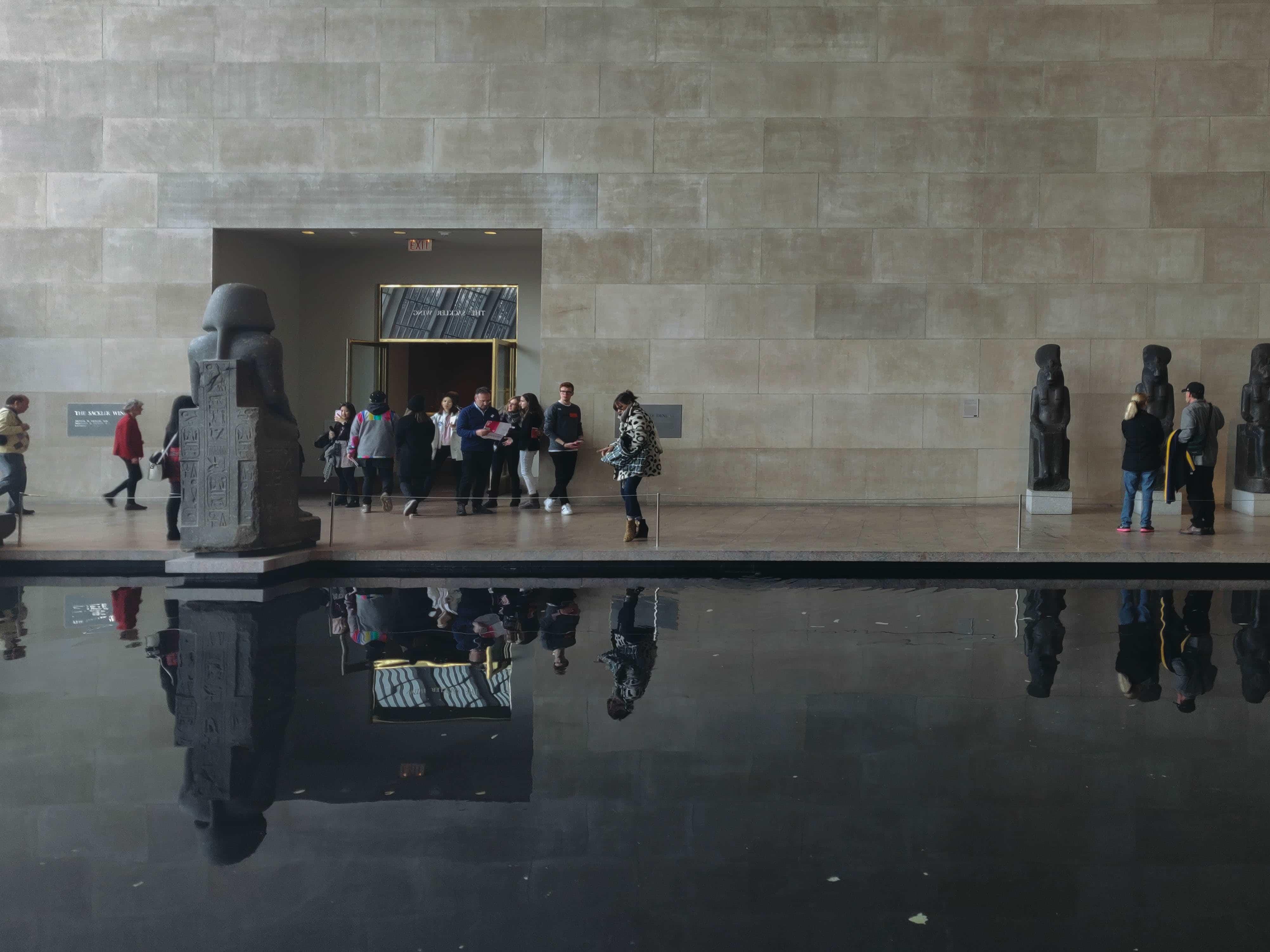The Transformative Benefits of Learning Art
Art education in schools plays a pivotal role in fostering holistic development, enriching the educational experience, and nurturing skills that extend far beyond the canvas. The benefits of learning art in school are manifold, encompassing cognitive, emotional, and social dimensions that contribute to well-rounded individuals and a vibrant society.
🧠 Cognitive development
Engaging in artistic activities stimulates critical thinking, problem-solving, and creativity. When students are encouraged to express themselves through art, they learn to observe, analyse, and make decisions about colour, composition, and form. Research has shown that students who participate in art education demonstrate higher levels of attention, concentration, and overall cognitive ability.
🤔 Creativity and problem-solving
By experimenting with different artistic mediums, students learn to think outside the box, approach problems from multiple perspectives, and embrace the process of trial and error. These creative problem-solving skills cultivated through art education are transferable to various academic and professional pursuits, contributing to a more adaptable and resourceful generation.
🎭 Emotional intelligence
Creating art provides an avenue for students to express their emotions, thoughts, and experiences in a non-verbal and often therapeutic way. Through artistic self-expression, students develop a deeper understanding of their own identities, emotions, and perspectives. Art also serves as a means of communication, enabling students to convey complex feelings that may be challenging to express verbally.
🤝 Social skills
Art education has a profound impact on social development by fostering collaboration, communication, and a sense of community. Collaborative art projects encourage students to work together, share ideas, and appreciate diverse perspectives. This collaborative spirit extends beyond the art studio and prepares students for successful teamwork in various aspects of their lives.
Tips to Learn School Art Effectively
Learning about art and diverse artistic practices allows students to appreciate the rich tapestry of human expression across time and around the world. This cultural literacy contributes to well-rounded individuals who are equipped to navigate and contribute to an increasingly interconnected global society.
So, it’s worthwhile to develop your skills in art, and just like it is the case with all academic disciplines, school art is a topic that demands concentration and adherence to certain tips and tricks if you want to succeed. So, what are the best suggestions to learn school art successfully?
Firstly, have a sketchbook with you at all times. You never know when inspiration will hit, and having your notepad nearby will ensure that your greatest ideas aren’t quickly forgotten. Besides a sketchbook, when attending art school or taking courses, it’s a wise idea to have a mentor or person you can rely on to teach you the ins and outs of the more complex things of being an artist.
And, remember to pay attention during class time. Your art teachers have a wealth of experience to share, and the simplest techniques and theories they mention will quickly improve your abilities as an artist. If you take the time to apply these suggestions, you’ll shine as a new artist!
Art education plays a vital role in nurturing the next generation of creative thinkers, empathetic individuals, and culturally literate citizens. To get started, read our articles on school art to equip yourself with the latest art knowledge, and visit Superprof to find the best art tutor near you.





